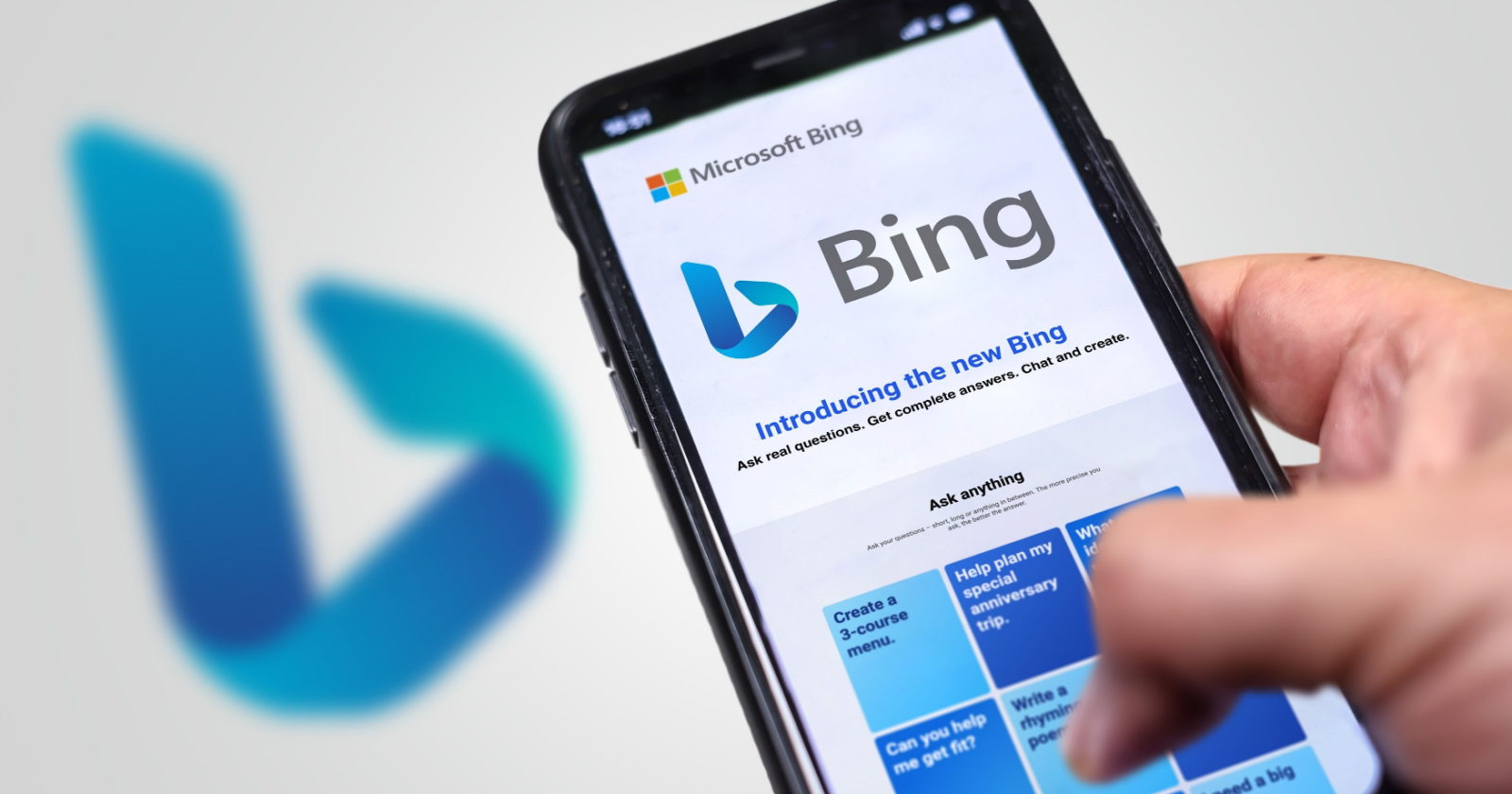As digital marketers and SEO professionals, we find ourselves amid rapid advancements in artificial intelligence (AI).
While trying to understand the implications of AI, we must adapt our strategies to this new technology landscape.
In a blog post, Frank X. Shaw, Microsoft’s Chief Communications Officer, shares ways to integrate AI into your existing workflow.
Shaw’s goal in publishing these tips is to guide people along the change curve and highlight the opportunities AI offers to writers and communicators.
Among its capabilities, Microsoft’s AI-powered Bing has shown impressive results in assisting with creative communication tasks.
Shaw uses these five prompts, which can help familiarize you with the new Bing and enhance your written work.
“The results were crazy impressive,” Shaw states in the blog post.
See the results for yourself by entering the following prompts into the new version of Bing.
5 Prompts To Get You Started With The New AI-Powered Bing
1. Media Coverage Snapshots
Bing can provide quick snapshots of media coverage to gauge the impact of news stories, helping you stay updated on current trends.
Shaw lists several examples in the blog post:
“It’s been a crazy few weeks of news here at Microsoft and I’ve started using Bing to help me get quick snapshots of media coverage to see how news is landing in the moment. Here are a few examples I pulled recently:
- “What’s the latest news about today?”
- “What’s the overall tone of these stories?”
- “How does this compare with news about in the same time period?”
2. Social Media Post Inspiration
The AI-powered Bing chat can be used as a brainstorming tool to generate creative and engaging social media content.
Shaw lists the following prompts for generating copywriting ideas for social media posts:
- “Generate a few tweets that include <X> information and uses a <Y> tone” (such as “lighthearted tone”)
- “Write a LinkedIn post for this blog, <X>”
- “Generate a few tweet ideas for <company> about <product feature>”
- “Take the following information and turn it into a <X> character tweet / LinkedIn post: <copy and paste text>,” then “Can you write it again but make it more engaging?”
3. Headline Generation
Bing can help create multiple headline variations for blog posts or other content, saving time and energy.
Shaw uses the new Bing to write headlines with the following prompt: “Suggest a few variations of headlines for the following,”
Next, copy your text and paste it into the Bing chat window.
4. FAQ Generation
Using Bing, you can generate relevant and engaging FAQs for your content, improving user experience and boosting SEO efforts.
Here’s how Shaw does it:
“FAQs is another type of writing I’ve been keen to accelerate with AI. Here’s how I’ve done that:
- “Suggest five FAQs for < text or link>”
- “Give me a few more”
5. Media Interview Preparation
Shaw demonstrates that you can generate interview questions using the new AI-powered Bing.
Here’s a prompt he used to prepare for a podcast episode with Kara Swisher:
“Help me prepare for a podcast interview with Kara Swisher. The topic we’ve agreed to discuss is the rise of Artificial Intelligence tools and services. Based on her most recent writing and podcasts, give me 10 questions I should anticipate.”
If Bing is familiar with the person you’re interviewing, you can ask it for potential questions based on their web content.
In Summary
Microsoft’s AI-powered Bing marks a new era for content creators.
It can save time, inspire ideas, and kickstart content that resonates with your target audience.
These five prompts shared by Shaw are only the beginning.
As you become more familiar with Bing’s AI capabilities, you can explore additional prompts and applications tailored to your unique needs and objectives.
Whether brainstorming social media content, crafting compelling headlines, or preparing for media interviews, AI can be a powerful ally in your digital marketing arsenal.
Try for yourself by signing up for the preview at bing.com/new.
Source: Microsoft
Featured Image: rarrarorro/Shutterstock
